Step System Vs Septic
Step system vs septic. Septic Tank Effluent Pumping STEP Screened filtered to retain solids greater than 18 inch or 3 mm systems that discharge pri-mary treated effluent from interceptor tanks through the use of a pump. Solid waste will remain in the STEP tank where it naturally degrades and is eventually. When a gravity line is not sufficient enough for wastewater to be distributed the pumps in these systems help to push the effluent liquid waste to the sewer system.
In this post well take a look at the 5 most popular ones and well discuss the pros and cons of each. Cesspool systems are based on slow drainage through the soil. Many folks come to Katahdin Cedar Log Homes with rural sites that present challenges for septic waste disposal designs.
The system without the need for pumping. At the same time septic systems store the wastewater until they are pumped clear. Dedicated to Single Properties.
While the septic is a few feet underground and is not initially affected by the flames themselves. Much like low-pressure grinder pump systems the STEP system will pump wastewater through small-diameter piping to the wastewater treatment plant. And is a form of pressure sewer that has several advantages over traditional gravity collection systems.
The water that comes out of your septic tank should be fit for the environment unlike the sludge runoff trickling from cesspools. Liquid waste is pumped under pressure to the public sewer system. STEP systems are based on single septic tank systems with electric pumps to pump the effluent to a community force main low pressure sewer system.
Designed by a professor of chemical engineering based in Cincinnati Ohio the NextGen Septic system is an easy-to-install chemical-free treatment. Septic tanks are better leveraging dedicated systems to minimize long-term environmental harm. Once youre finished if you are still wondering if a STEP or Grinder is right for your situation leave a comment below or give us a call at 252-243-7693.
Want to Know more about the differences between public sewer and private septicTune in to my video to find out. There are various options for septic tank types that offer the advantages of durability and ease of maintenance.
Strictly speaking a septic tank is not a sewage treatment plant but it can be used as part of a sewage treatment plant or system.
Cesspool systems need a lot of cleaning every once in a while. The primary reason you purchase a sewage treatment plant or septic tank is to receive and treat the sewage and wastewater from your dwelling. Much like low-pressure grinder pump systems the STEP system will pump wastewater through small-diameter piping to the wastewater treatment plant. At the same time septic systems store the wastewater until they are pumped clear. In this post well take a look at the 5 most popular ones and well discuss the pros and cons of each. The water that comes out of your septic tank should be fit for the environment unlike the sludge runoff trickling from cesspools. And is a form of pressure sewer that has several advantages over traditional gravity collection systems. Do you know what the difference between a STEP and Grinder pressure sewer system is. A sewer easement dedicated to the District.
The smallest RSF system covers a neighborhood of 36 homes. For areas where gravity collection is not feasible due to topography cost or II issues a STEP collection system is a great alternative. The water that comes out of your septic tank should be fit for the environment unlike the sludge runoff trickling from cesspools. Currently the largest installed RSF serves a subdivision with a capacity of 640 homes. And is a form of pressure sewer that has several advantages over traditional gravity collection systems. There are various options for septic tank types that offer the advantages of durability and ease of maintenance. Interested in Buying or Selling Real Estate.





.jpg)
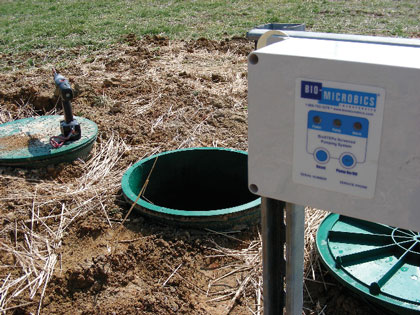


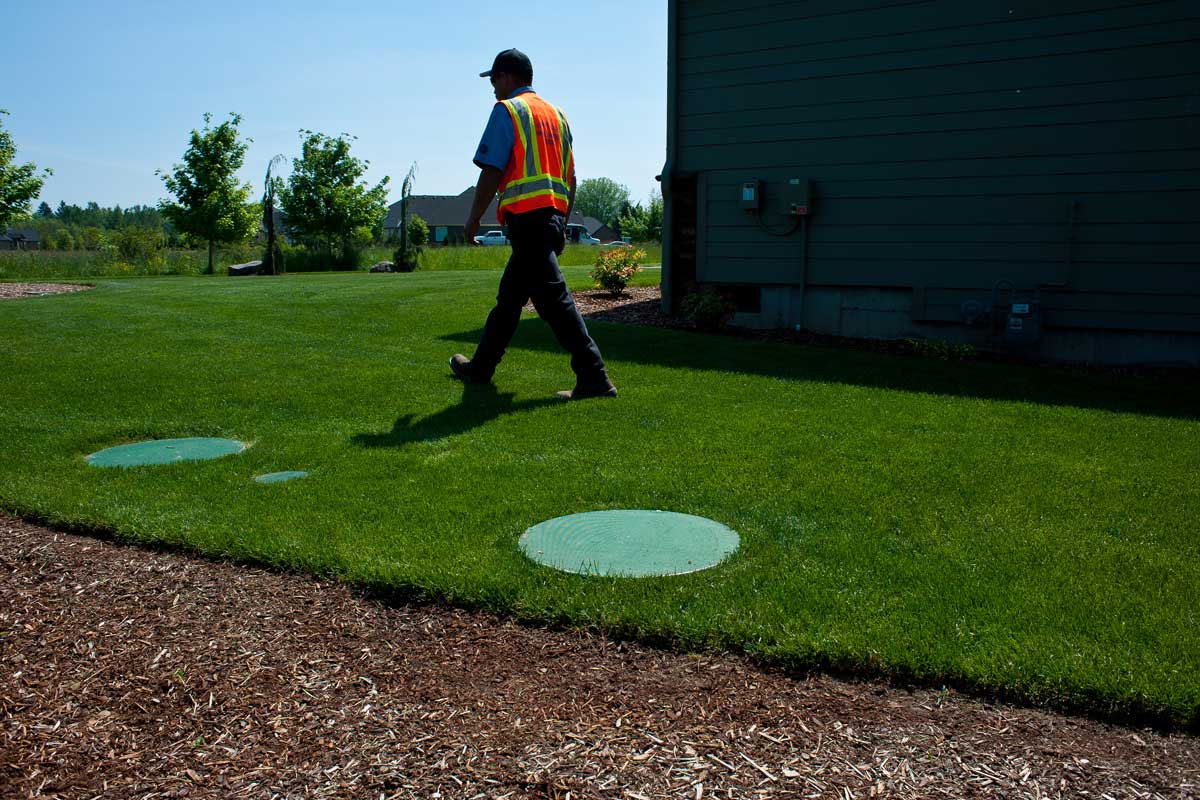


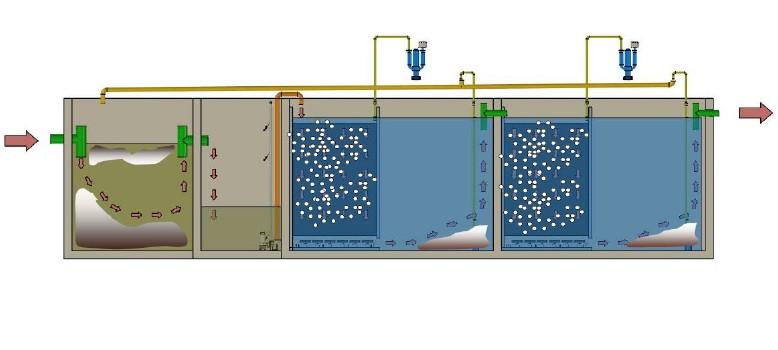

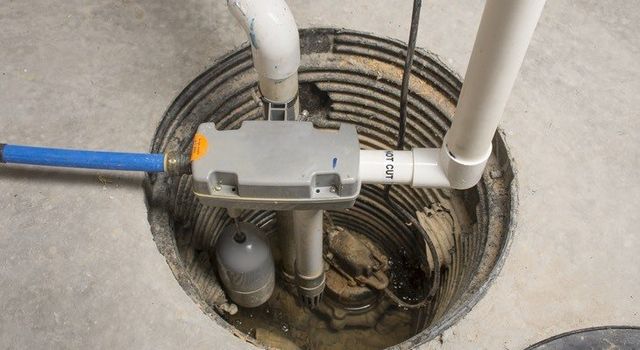






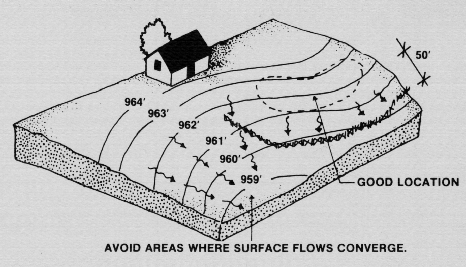
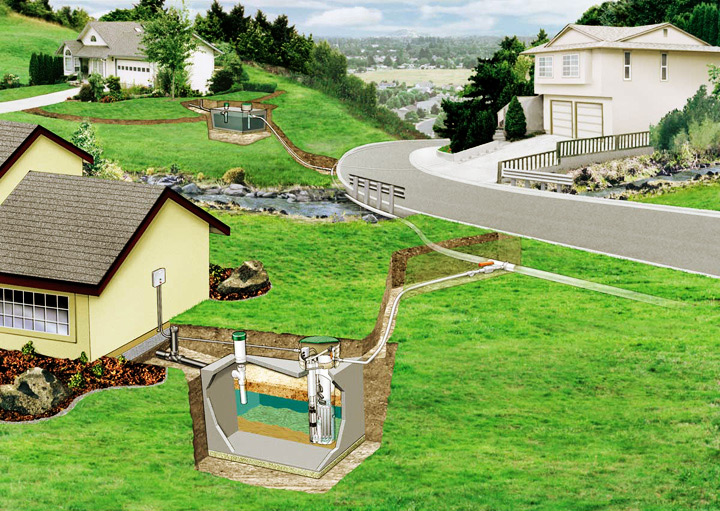
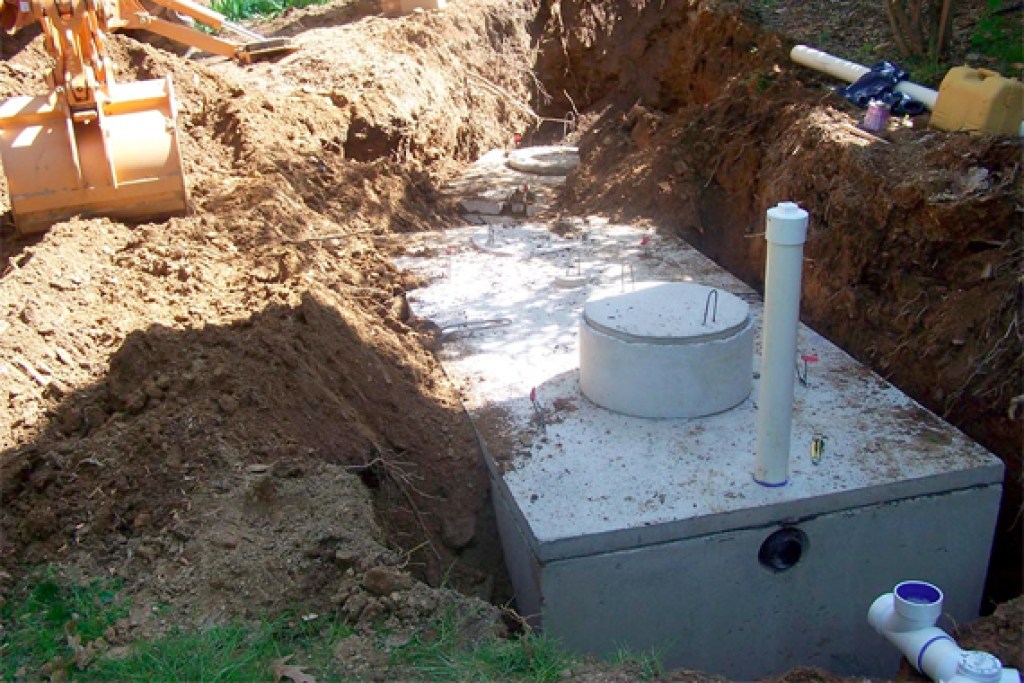

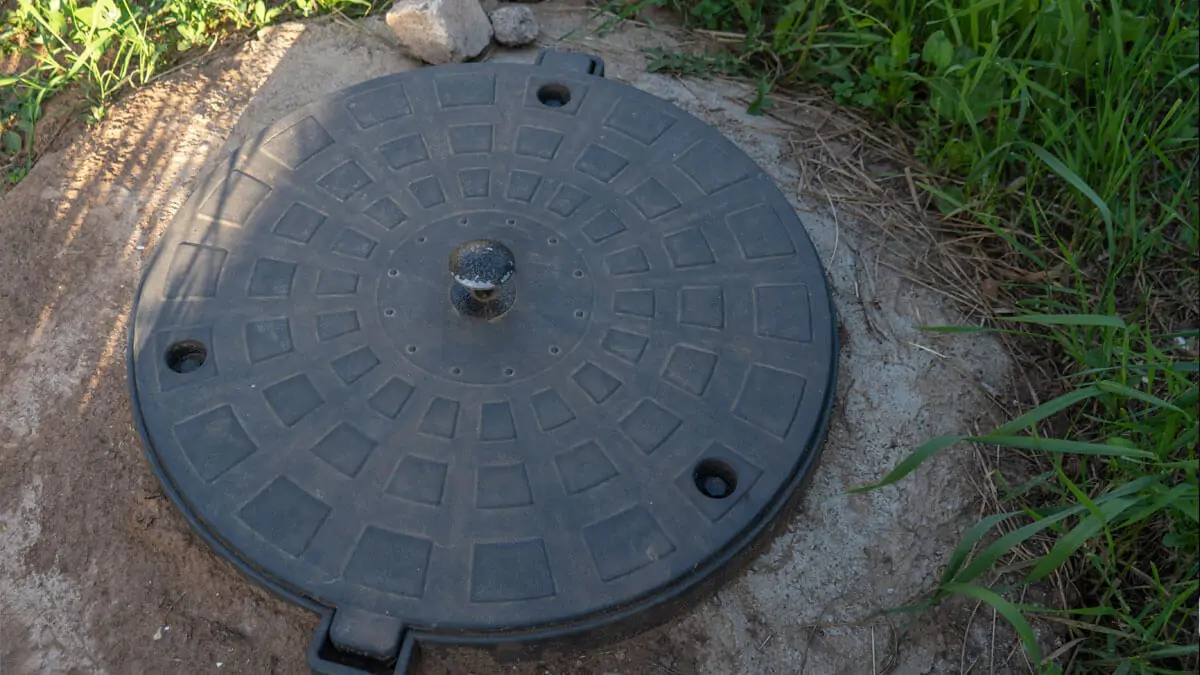




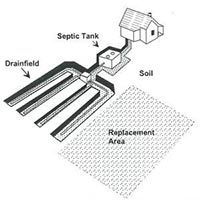
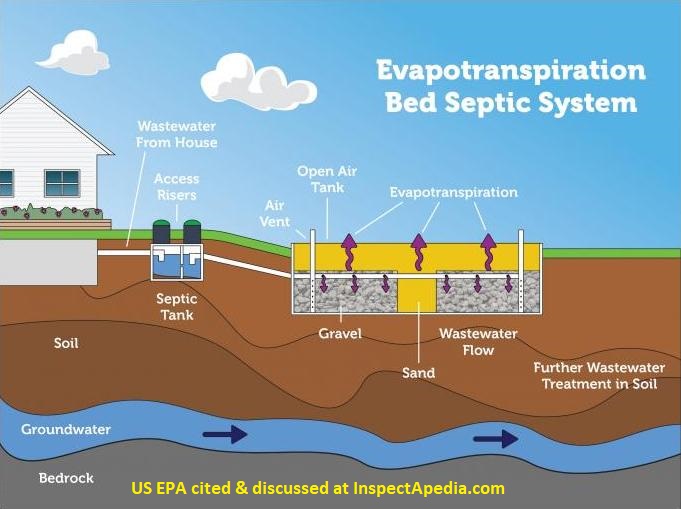
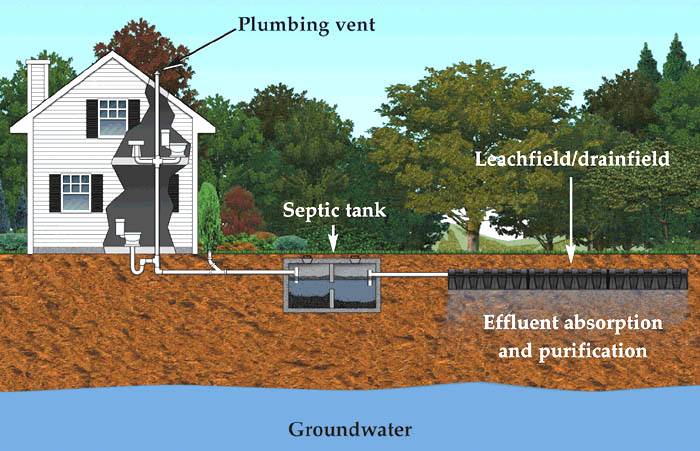



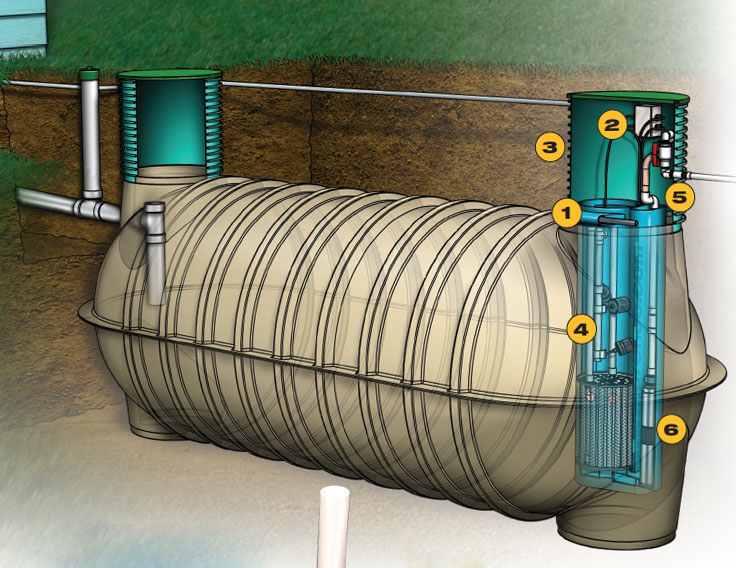
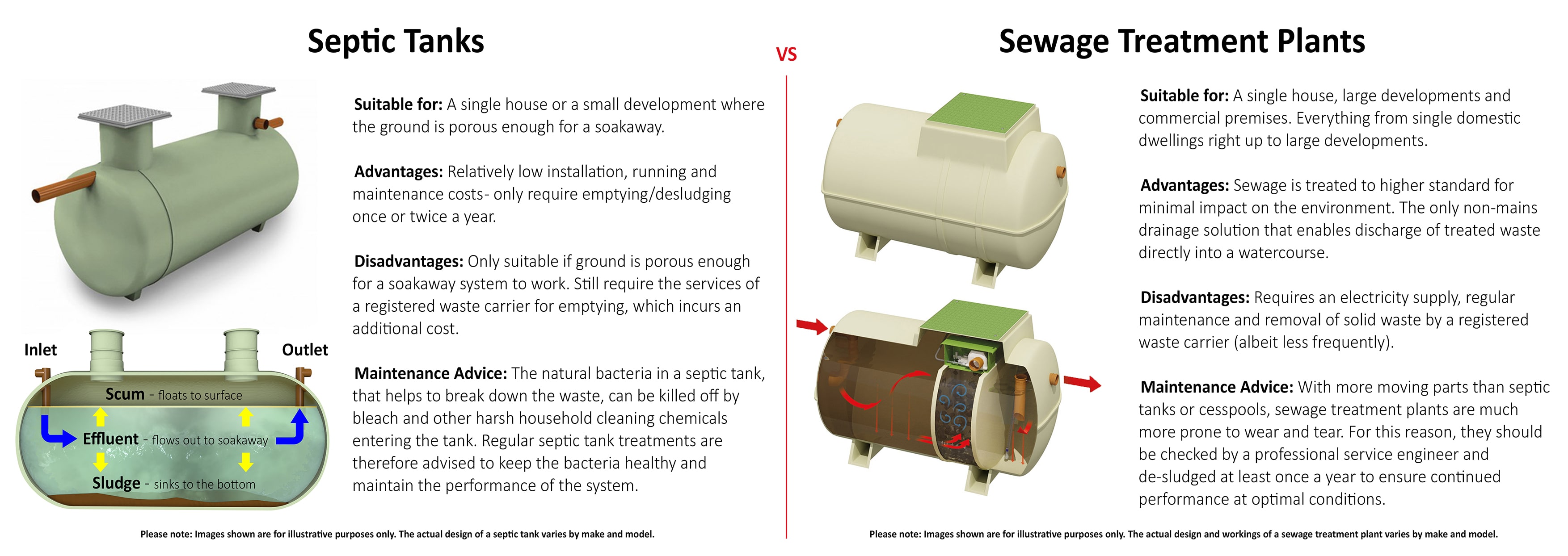
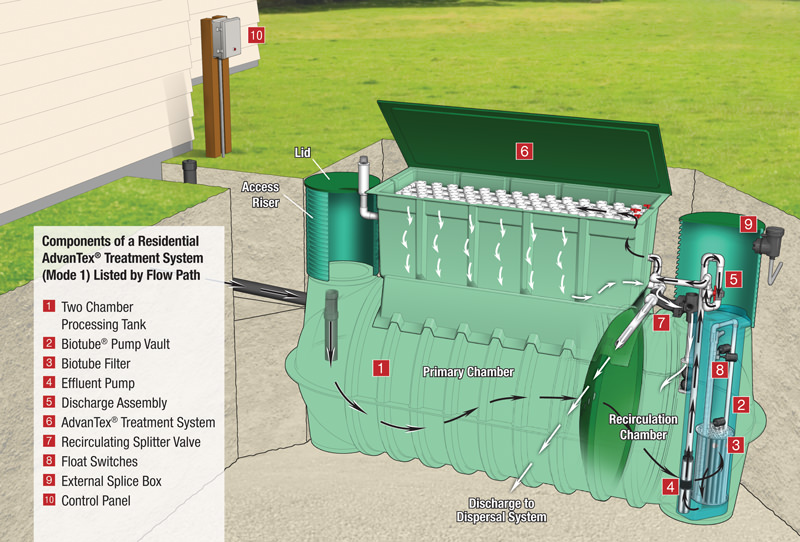

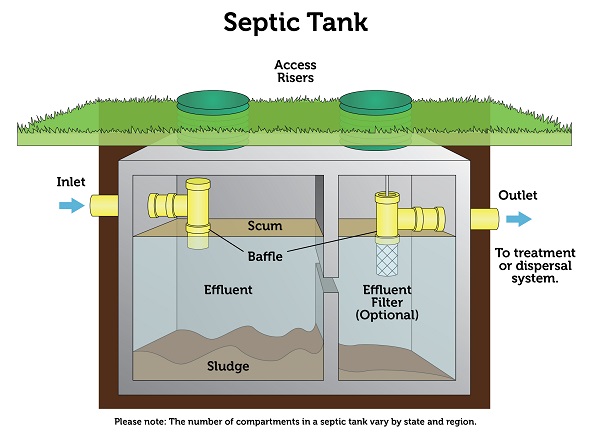


Post a Comment for "Step System Vs Septic"